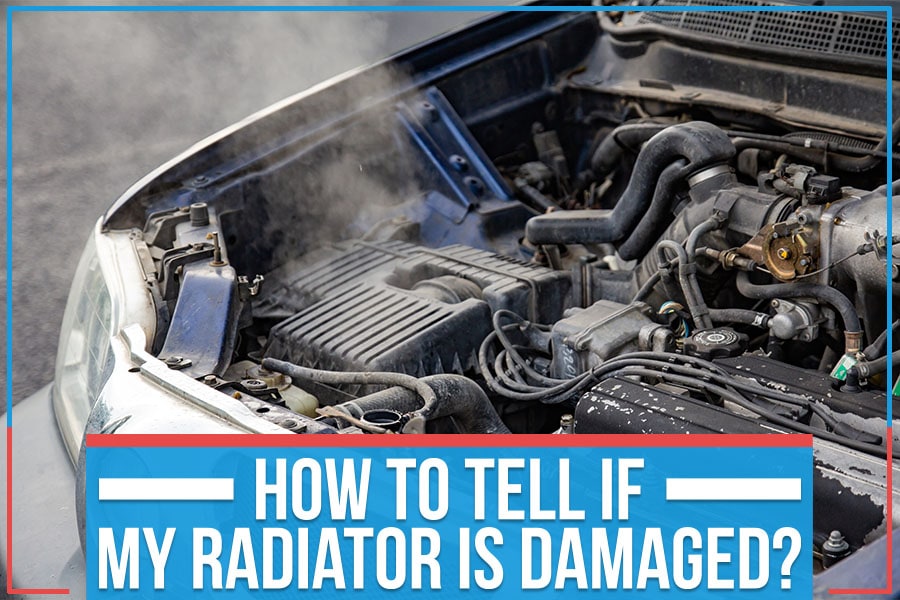
Have you ever noticed coolant leaking from the bottom of the car? Does your vehicle have to be refilled frequently? You may be dealing with a faulty car radiator.
Your car's radiator is vital to your vehicle's cooling system. If it stops working, your car will show signs of overheating. This can lead to engine damage, so it's important to look for early signs of radiator problems.
What's the Use of Radiator in Car?
The radiator in your car is responsible for keeping the engine cool. It does this by circulating coolant throughout the engine block. The coolant absorbs engine heat and transfers it to the air passing through the radiator.
There are components in the radiator, such as the water pump and thermostat, that help regulate the flow of coolant and keep it at the proper temperature. If any of these components fail, the radiator may not be able to do its job properly.
How to Tell If Your Radiator is Bad?
Several signs may indicate it's time for radiator replacement. Whether you're experiencing radiator problems now or you simply want to be proactive, watch out for the following:
Overheating Engine:
Your car's engine optimally operates at a certain temperature. If the engine overheats, it can cause damage to the internal components like the piston rings, cylinder walls, and valves. An overheating engine is a common sign of a radiator problem.
You will observe the temperature gauge on your car's dashboard moving into the red zone or the "hot" range. If it happens, pull over and turn off the engine. Let the engine cool down for at least 20 minutes before checking the radiator.
Radiator Fluid Leak:
Radiator fluid is essential for your car cooling system's proper functioning. It helps to transfer heat away from the engine and prevents corrosion. If there is a radiator fluid leak, it can cause the engine to overheat.
Your radiator fluid may leak due to a crack in the radiator, a loose hose, or a faulty radiator cap. You will need a mechanic's help to repair it. If you want to check for a radiator fluid leak, open the hood and look for a puddle of fluid under the radiator.
Change in Fluid Color:
Radiator fluid is usually a green or orange color. It is a mixture of water and anti-freeze. If you notice that the radiator fluid is different, it could indicate your radiator is suffering.
It could be because the radiator is rusting inside, and the metal is mixing with the fluid. It will deter the performance of the radiator. You may need radiator flushing and a new radiator cap to deal with this issue.
What is Radiator Flushing?
Radiator flushing is the process of removing all the build-up and rust from your radiator. It will help improve the efficiency of your radiator and keep it running smoothly. You can DIY or take it to a mechanic.
The process involves:
· Draining all the radiator fluid and removing the radiator cap
· Flushing the radiator with water and a cleaner
· Refilling the radiator with new fluid and replacing the radiator cap
Final Thoughts:
Maintaining your car radiator health is important to avoid engine overheating. Be sure to watch for any of the signs mentioned above. If unsure, book for service & bring your car over to our Honda Service Center at Honda South, serving Jonesboro, GA.
Our experts would happily take a look and offer any advice.
